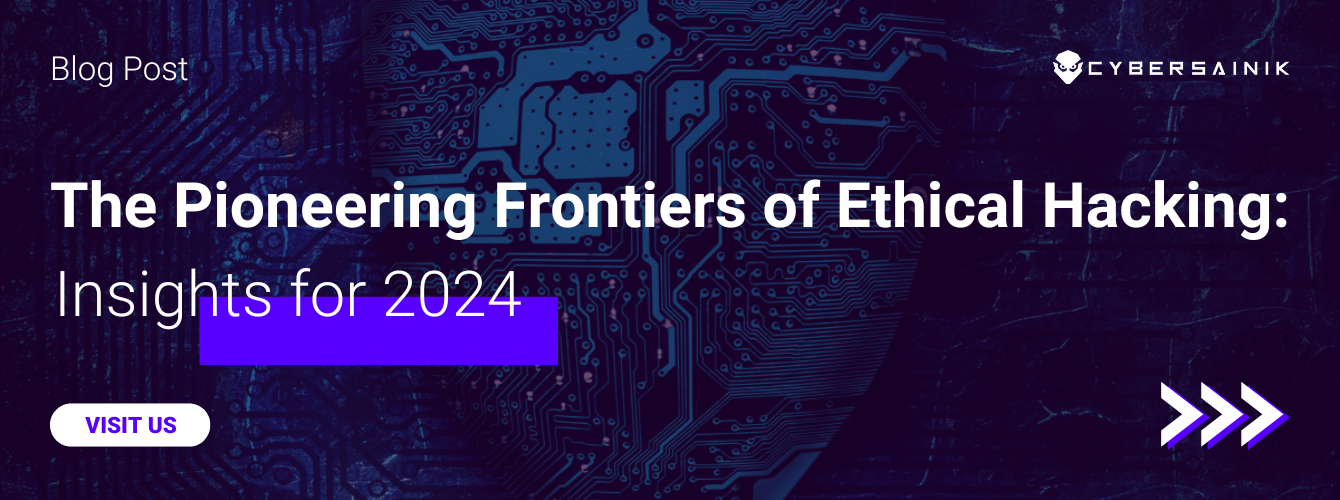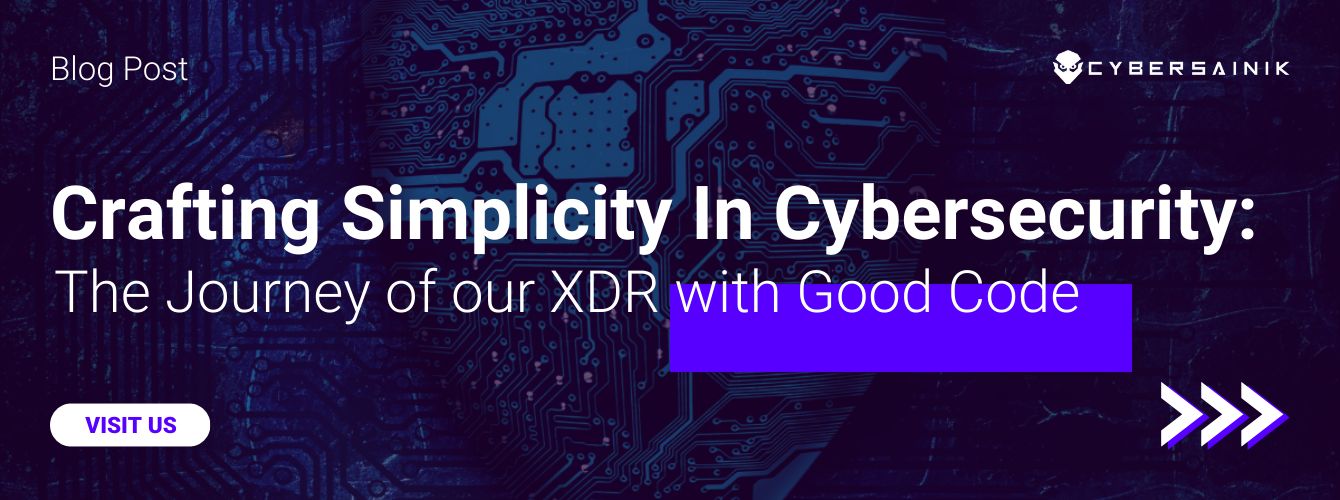In the cybersecurity field, we often focus on the technical causes and methods by which cyberattacks are carried out, new developments, and vulnerabilities that need to be addressed. However, that’s only half the battle when addressing (or preferably, preventing) a cyberattack.
One of the other major elements that a cybercriminal may take advantage of are users. It’s difficult to fully demonstrate how key user awareness is in preventing a cyberattack; hackers take advantage of social engineering tactics to get key pieces of information or to direct a potential victim to a desired action. For individuals, this is dangerous enough, but for businesses, the stakes can be even higher. Simply a few errant clicks could allow a cybercriminal into a network, allowing them to obtain sensitive information or even demand a ransom. You can spend time and money mitigating the technical risks your business faces, but a cybersecurity plan is incomplete if it doesn’t take the human factor into account. Below, we reveal four ways to bolster your staff’s understanding of the threats you face.
1) Make security an element of company culture
It’s easy to talk about security as a supplement to your existing company culture, as if it were a proverbial band-aid you stick onto a vulnerability you find. However, it’s important to emphasize that security ought to be more than something considered after-the-fact. Integrating security overall and cybersecurity in particular into the way your company does business helps avoid this mindset.
2) Implement training
While the average person is becoming more versed in cybersecurity over time, it’s important to remember that the threats facing a private citizen can, and likely will, vary significantly from threats facing your business. To ensure that employees can easily and reliably identify risks facing the business, it’s imperative to provide training both to new hires, as well as ongoing training to employees as the threats you face arise and develop.
3) Ensure consistency
As important as a cybersecurity strategy is, a strategy is worth little if it’s not fully implemented. This means that security protocols ought to be understood and applied in a way that employees, even on different teams, understand how to properly handle sensitive information and respond to threats. An individual employee should be able to identify signs of an existing security vulnerability not only today, but also tomorrow, next month, and next year; similarly, two different employees should both understand how to respond to a given threat or a given type of threat, ensuring that nothing slips through the cracks.
4) Implement redundant security measures
A strong password is never a bad thing, but the strength of that password is moot once it becomes compromised. Features such as multi-factor authentication add an extra layer of security, requiring an additional step before granting access to a system. Similarly, integrating features such as email security systems can reduce the incidence of threats like phishing emails by preventing them from even showing up in an employee’s inbox in the first place. This applies to much more than just passwords or email, so analyzing opportunities for redundancy in your business’ processes and operations can reveal even more opportunities to increase security.
Bottom Line
At Cyber Sainik, we understand the threats your business faces in the face of developing trends in cybersecurity. If you’re looking to bolster the security of your business’ technical assets with features like email security, training, or multi-factor authentication, get in contact with Cyber Sainik today to develop a strategy for complete protection.




